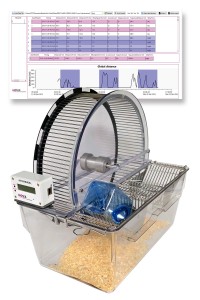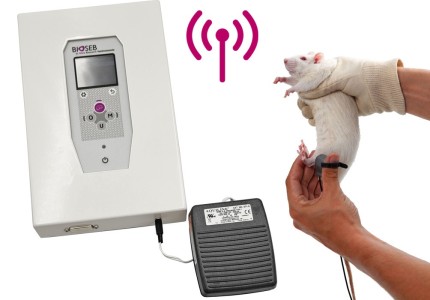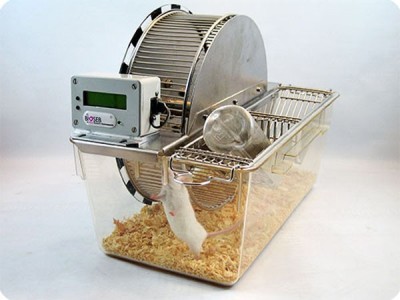Authors
S Liu, Q Wang, Z Li et al
Lab
Department of Pharmacology, Hebei Medical University, Shijiazhuang, Hebei, China
Journal
Oxidative Medicine and Cellular Longevity
Abstract
Low back pain (LBP) is the primary cause of disability globally. There is a close relationship between Modic changes or endplate defects and LBP. Endplates undergo ossification and become highly porous during intervertebral disc (IVD) degeneration. In our study, we used a mouse model of vertebral endplate degeneration by lumbar spine instability (LSI) surgery. Safranin O and fast green staining and microCT scan showed that LSI surgery led to endplate ossification and porosity, but the endplates in the sham group were cartilaginous and homogenous. Immunofluorescent staining demonstrated the innervation of calcitonin gene-related peptide- (CGRP-) positive nerve fibers in the porous endplate of LSI mice. Behavior test experiments showed an increased spinal hypersensitivity in LSI mice. Moreover, we found an increased cyclooxygenase 2 (COX2) expression and an elevated prostaglandin E2 (PGE2) concentration in the porous endplate of LSI mice. Immunofluorescent staining showed the colocalization of E-prostanoid 4 (EP4)/transient receptor potential vanilloid 1 (TRPV1) and CGRP in the nerve endings in the endplate and in the dorsal root ganglion (DRG) neurons, and western blotting analysis demonstrated that EP4 and TRPV1 expression significantly increased in the LSI group. Our patch clamp study further showed that LSI surgery significantly enhanced the current density of the TRPV1 channel in small-size DRG neurons. A selective EP4 receptor antagonist, L161982, reduced the spinal hypersensitivity of LSI mice by blocking the PGE2/EP4 pathway. In addition, TRPV1 current and neuronal excitability in DRG neurons were also significantly decreased by L161982 treatment. In summary, the PGE2/EP4 pathway in the porous endplate could activate the TRPV1 channel in DRG neurons to cause spinal hypersensitivity in LSI mice. L161982, a selective EP4 receptor antagonist, could turn down the TRPV1 current and decrease the neuronal excitability of DRG neurons to reduce spinal pain.
BIOSEB Instruments Used
Spontaneous activity wheels (BIO-ACTIVW-M),SMALGO: SMall animal ALGOmeter (BIO-SMALGO)
Source :

 Pain - Thermal Allodynia / Hyperalgesia
Pain - Thermal Allodynia / Hyperalgesia Pain - Spontaneous Pain - Postural Deficit
Pain - Spontaneous Pain - Postural Deficit Pain - Mechanical Allodynia / Hyperalgesia
Pain - Mechanical Allodynia / Hyperalgesia Learning/Memory - Attention - Addiction
Learning/Memory - Attention - Addiction Physiology & Respiratory Research
Physiology & Respiratory Research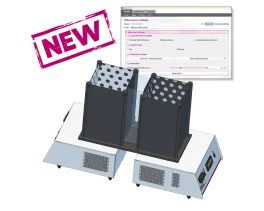
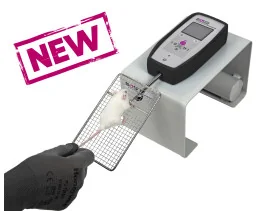


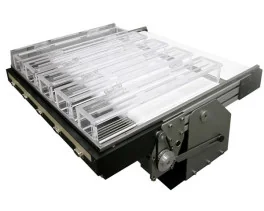
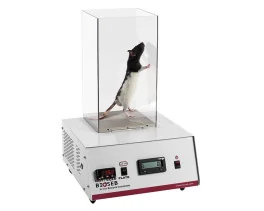
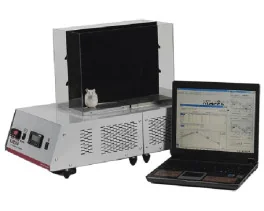
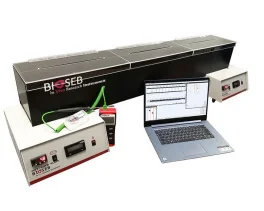
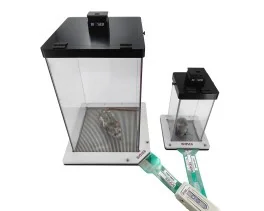
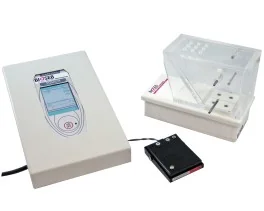
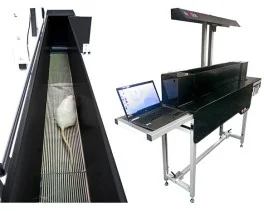
![Dynamic Weight Bearing 2.0 – Postural Module [Add-on]](https://bioseb.com/733-home_default/dynamic-weight-bearing-20-add-on-postural-module.jpg)
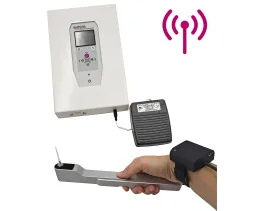
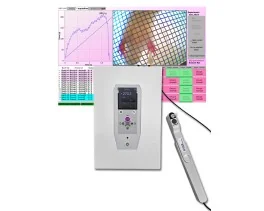

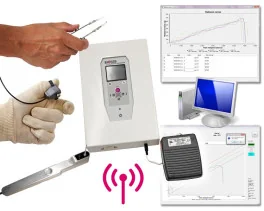
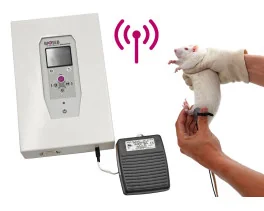
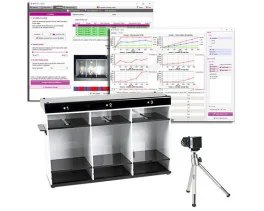
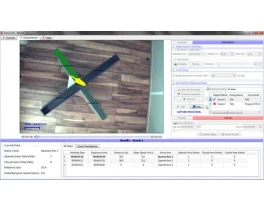
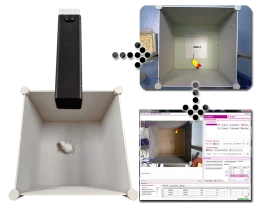


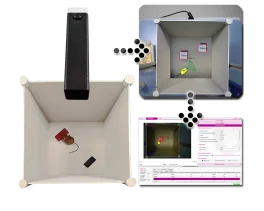
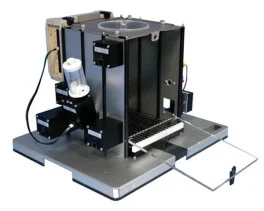
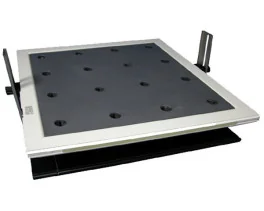
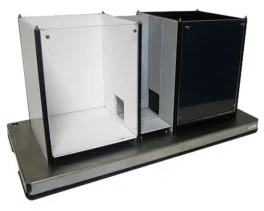

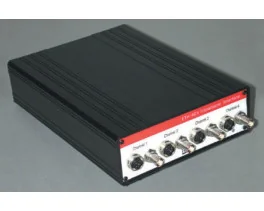
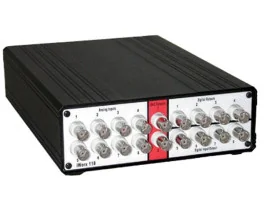
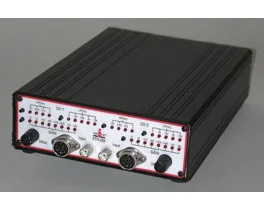
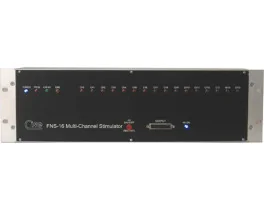
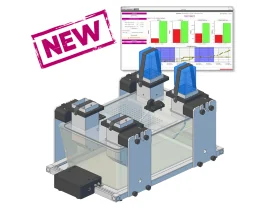
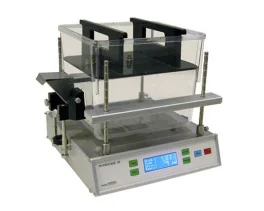
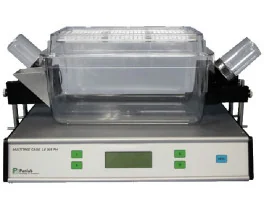
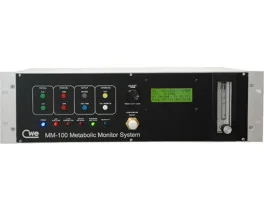
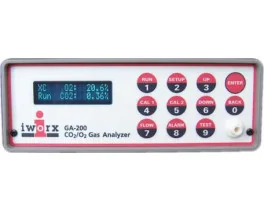
 Pain
Pain Central Nervous System (CNS)
Central Nervous System (CNS) Neurodegeneration
Neurodegeneration Sensory system
Sensory system Motor control
Motor control Mood Disorders
Mood Disorders Other disorders
Other disorders Muscular system
Muscular system Joints
Joints Metabolism
Metabolism Cross-disciplinary subjects
Cross-disciplinary subjects CONFERENCES & MEETINGS
CONFERENCES & MEETINGS 